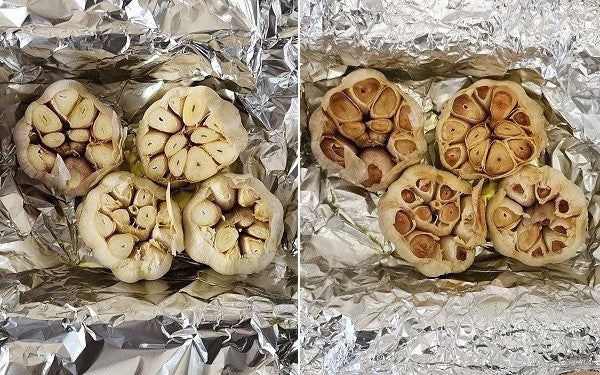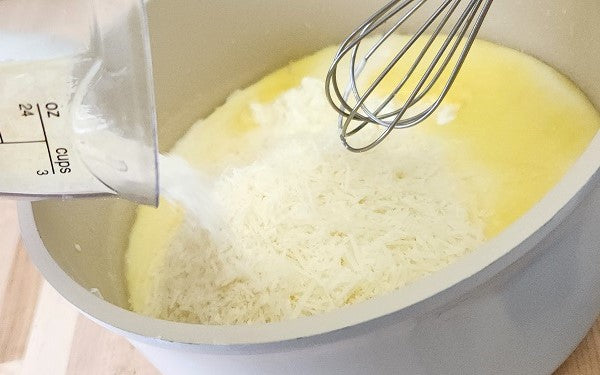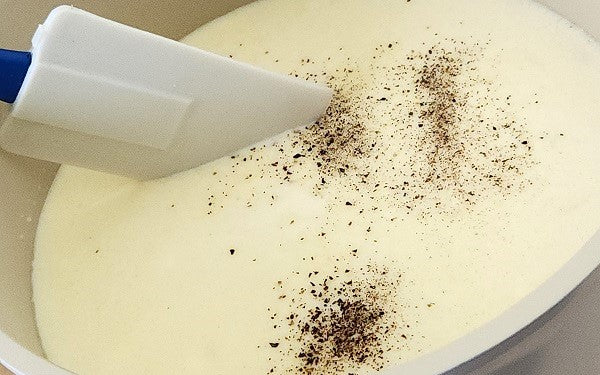Carb Solution: Pasta Cream Sauce
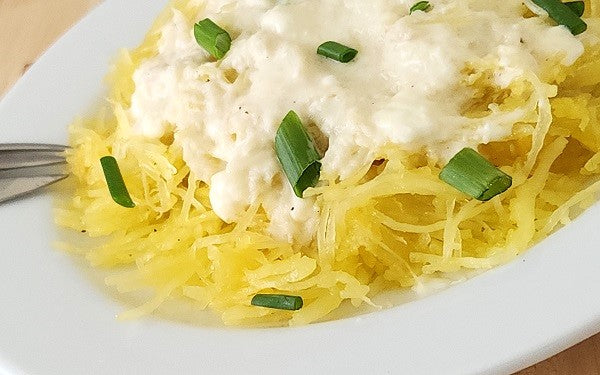
Over half of the U.S. adult population, some 154 million, qualify as being overweight or obese. Another 29 million of us have Diabetes, many as a direct result of being overweight. Then there are the 23.9 million overweight children who are dutifully following the example of their XXL adult role models. Diabetes and these extra pounds cost this country billions annually in both medical and economic resources; not to mention the effect these weight-related maladies have on a person’s overall mental well-being and happiness. However, both diabetes and being overweight are very manageable, even preventable, with a few lifestyle tweaks. By maintaining a sensible diet in conjunction with some consistent exercise, no matter how minimal, we can all be in total control of our own weight. One easy way to start taking that control is to make decisions about the foods we eat based on the glycemic index [GI] and glycemic load [GL].
Simply put, our bodies convert all foods into sugar calories that provide energy to the body via the blood stream. The Glycemic Index assigns a score of 1 to 100 to all foods based how speedy the body converts that food into sugar. Foods that break down slowly enable the body to assimilate theses calories of energy more efficiently without overwhelming the body with more sugar than it can process. While this is especially important for diabetics who process sugars much slower than others, everyone can benefit from eating foods that have low glycemic scores since they also reduce appetite and encourage the metabolism to burn body fat. Conversely, a diet of foods high on the glycemic charts have been proven to actually increase appetite and impede effective fat oxidation.
A QUICKIE GLYCEMIC PRIMER:
- The glycemic index of a food compares its effect on blood sugar level to that of pure glucose, which has a score of 100. White breads, which are made of processed white flour, are at the top of this scale, scoring a “perfect” 100 on the glycemic index. For perspective, a score of 55 or below denotes a low glycemic index food; 70 or above is considered very high. Serving size is not a consideration in arriving at a food’s Glycemic Index number.
- The glycemic load, on the other hand, focuses on how much digestible carbohydrates (sugars) a food contains in a typical single serving, which is defined as approximately 3.5 ounces. For glycemic load, a score of 20 or more is high, while 10 or less is low.
Ah, but the devil is in the details. A good pasta substitute still needs a sauce, and if you are a fellow garlic-head, that sometimes means a creamy topping with a roasted bulb or two as the key ingredient. Key, but not the only ingredient in a creamy sauce – and that’s where the “devil” comes in. A ‘net search of “creamy garlic sauce recipes” produced a plethora of videos, recipe blogs and foodie magazine features on the subject that all used either all-purpose white flour or corn starch as thickeners. Both have very high glycemic scores, and neither is necessary at all! Sort of like putting sugar on strawberries! Some thickeners on the market claim to be more glycemic friendly; however, each comes with cautionary warnings of possible unpleasant trade-off side effects even if blood sugars are not spiked.
Instead, here’s an extremely flavorful sauce that uses the characteristics of whole ingredients to create a creamy concoction without the empty calories or carbs associated with thickeners that only spike blood sugars without contributing any flavor.
Of course, speaking of flavor, the best part of this recipe is roasting the garlic! In no time, the whole kitchen will be awash with the unmistakable and magnificent aroma of roasting bulbs. While the recipe calls for two bulbs, note that there are four depicted in the prep picture. See House Rule #14: There is no such thing as having too many roasted garlic bulbs. Garlic–one of the most versatile and popular crops on the planet! In fact, Melissa’s offers the bulb, fresh and processed-from-fresh, in over a dozen different forms that attests to the fact that most everyone is a bit of a garlic-head!
Low Carb Roasted Garlic Cream Sauce
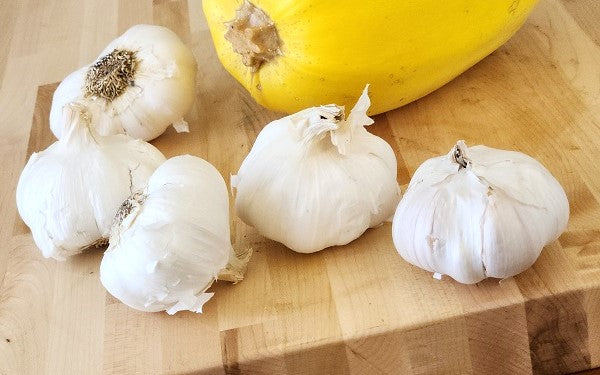
2 garlic bulbs
2 tablespoons olive oil
1 tablespoon butter
1 1/2 cups shredded Parmesan cheese
6 ounces cream cheese
1 cup chicken stock
1/2 cup heavy cream
Freshly cracked black pepper
Spaghetti Squash
Preparation
